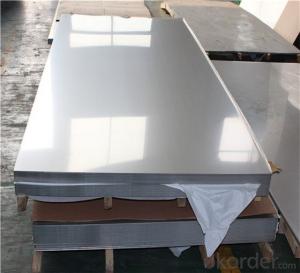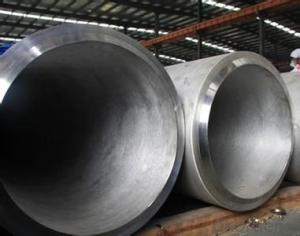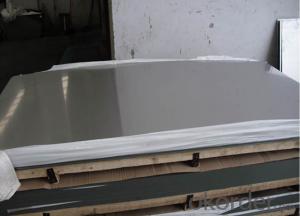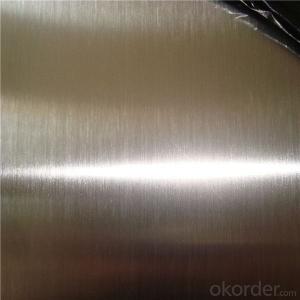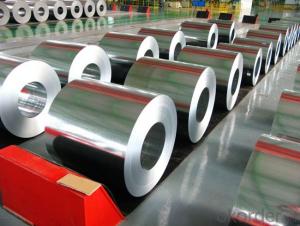309 Stainless Steel
309 Stainless Steel Related Searches
Best Paint For Stainless Steel Blanket Insulation For Steel Buildings Primer For Galvanized Steel Foam Filter For Stainless Steel H S Code For Stainless Steel Surface Grinding Wheels For Stainless Steel Surface Grinding Wheels For Hardened Steel Hole Saw For Stainless Steel Paint For Stainless Steel Stainless Steel For BbqHot Searches
Steel Mesh Panels For Sale Price For Stainless Steel Scrap Scrap Price For Stainless Steel Price For Stainless Steel Stainless Steel Tank For Sale Stainless Steel Sheets For Sale Cheap High Tea Sets For Sale Stainless Steel Tanks For Sale Stainless Steel For Sale High Density Fiberboard For Sale Solar Hot Water Collectors For Sale Scaffolding For Sale In Uae Scaffolding For Sale In Ireland Scaffolding For Sale In Houston Type Of Inverter For Solar Price Of Shipping Containers For Sale Types Of Inverter For Solar Stock Price For Aluminum Used Solar Inverter For Sale Steel Mesh Panels For Sale309 Stainless Steel Supplier & Manufacturer from China
Okorder.com is a professional 309 Stainless Steel supplier & manufacturer, offers integrated one-stop services including real-time quoting and online cargo tracking. We are funded by CNBM Group, a Fortune 500 enterprise and the largest 309 Stainless Steel firm in China.Hot Products
FAQ
- The ability of stainless steel sheets to be shaped or formed into desired geometries without cracking, tearing, or losing their structural integrity is referred to as their formability. Stainless steel sheets are highly regarded for their exceptional formability, thanks to their unique combination of strength, ductility, and corrosion resistance. They can easily be bent, rolled, or stretched into various shapes, making them versatile for a wide range of applications. Furthermore, stainless steel sheets can maintain their shape even in extreme temperatures or harsh environments, thereby further enhancing their formability. However, it is worth noting that the formability of stainless steel sheets can vary depending on the specific grade, thickness, and surface finish. Higher grades of stainless steel typically exhibit better formability, while thicker sheets may require more force to shape. The surface finish, whether it is cold-rolled or hot-rolled, can also impact formability as it influences the material's grain structure and mechanical properties. Hence, it is crucial to comprehend the specific characteristics and limitations of the stainless steel sheet being utilized in order to determine its formability for a particular application.
- Yes, stainless steel sheets can be used for cladding. Stainless steel is a popular choice for cladding due to its durability, corrosion resistance, and aesthetic appeal. It is commonly used in exterior cladding applications for buildings, such as facades, canopies, and curtain walls. Stainless steel sheets provide a sleek and modern appearance while offering protection against harsh environmental conditions. Additionally, stainless steel cladding is low maintenance, long-lasting, and can be easily cleaned, making it a practical choice for both residential and commercial applications.
- Yes, stainless steel sheets can be used in the construction industry. Stainless steel is a versatile material that offers various benefits, making it suitable for different construction applications. One of the main advantages of stainless steel sheets is their excellent corrosion resistance. They are highly resistant to rust and staining, making them ideal for outdoor structures or areas with high moisture or chemical exposure. This durability ensures a longer lifespan and lower maintenance costs for the construction project. Stainless steel sheets are also known for their strength and toughness. They have a high tensile strength, allowing them to withstand heavy loads and impacts. This makes them suitable for structural components such as beams, columns, and support systems. Furthermore, stainless steel sheets offer aesthetic appeal due to their sleek and shiny appearance. They can be easily fabricated and shaped into various forms, allowing for creative and visually appealing architectural designs. Stainless steel is often used in cladding, roofing, and decorative elements in modern buildings. In addition to their physical properties, stainless steel sheets are also environmentally friendly. They are 100% recyclable, which reduces waste and conserves resources. This makes them a sustainable choice for construction projects aiming for green building certifications. Overall, stainless steel sheets are a reliable and versatile material that can be used in a wide range of construction applications. Their corrosion resistance, strength, aesthetics, and environmental sustainability make them a popular choice in the construction industry.
- Indeed, exterior cladding can utilize stainless steel sheets. The robustness and resistance to corrosion of stainless steel make it appropriate for various purposes, including cladding. Stainless steel sheets present exceptional endurance against weathering, UV rays, and extreme temperatures, rendering them perfect for external usage. They can endure severe environmental conditions, such as heavy rain, snow, and strong winds, without deteriorating or losing their aesthetic charm. Moreover, stainless steel sheets are available in an extensive array of finishes, allowing for customization and design adaptability. Whether for residential, commercial, or industrial edifices, stainless steel cladding offers a durable and visually pleasing solution.
- Indeed, jewelry making can make use of stainless steel sheets. The durability, tarnishing resistance, and hypoallergenic nature of stainless steel make it a favored material for crafting jewelry. Its versatility allows for easy cutting, shaping, and texturing, resulting in one-of-a-kind designs. A wide range of jewelry, such as earrings, rings, bracelets, pendants, and even intricate chains, can be made using stainless steel sheets. Moreover, stainless steel jewelry is often more cost-effective than precious metals like gold or silver, appealing to individuals on a budget or those seeking a contemporary and industrial look.
- Indeed, fireplaces can make use of stainless steel sheets. Owing to its remarkable ability to endure intense heat and its sturdy nature, stainless steel has emerged as a favored material for fireplaces. Its capacity to withstand the scorching temperatures produced by the fire without distorting or liquefying renders it a secure and dependable alternative. One can employ stainless steel sheets for constructing the fireplace's interior, encompassing the firebox and chimney, or for adding a decorative touch to the fireplace's exterior. Moreover, stainless steel's resistance to corrosion and rust guarantees that the fireplace will retain its aesthetic appeal as time progresses.
- What's the difference between stainless steel 8K and BA?. How to distinguish from the surface of materials?
- Unlike abrasive materials, the 8K has lower surface roughness than the BA board, and the BA board can be used as a mirror. Imagine how bright the 8K is, and it's hard to distinguish between the naked eye and the naked eye.
- How thick is 10gauge in stainless steel plate?
- To understand the word "guage", is to understand the 202304201 steel, or the same number of sandpaper. Such as steel No. 304, sandpaper 360.
















